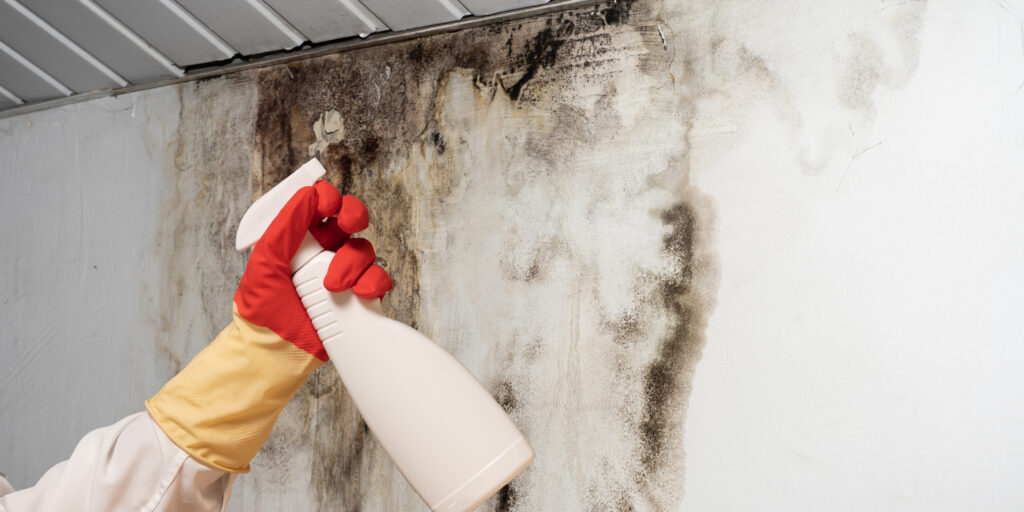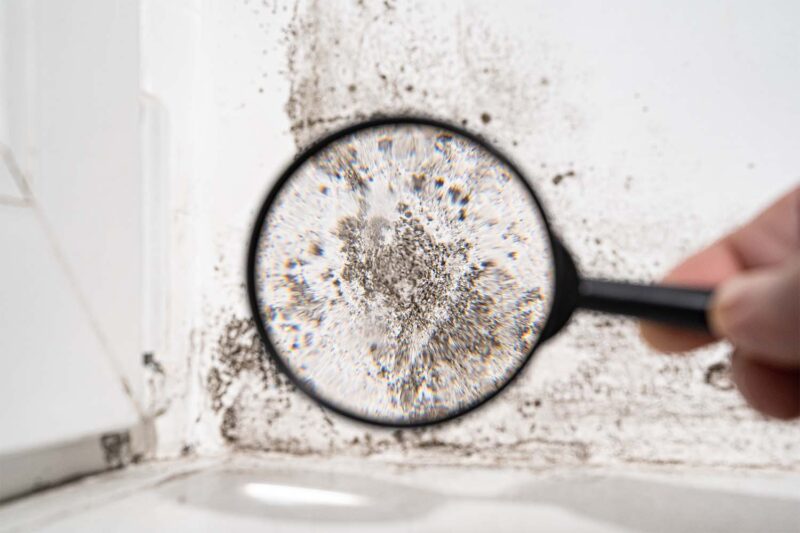Mold can be a relentless foe in any home, thriving in the hidden crevices of damp spaces, silently wreaking havoc on health and property alike. Its presence often goes unnoticed until it has made itself at home, turning your peaceful abode into a breeding ground for allergens.
The key to locking the door on this unwelcome guest lies in effective moisture management. By understanding the sources of humidity and implementing strategic measures to control it, you can shield your living environment from mold’s insidious grasp.
This article will guide you through the essential steps to keep your home dry, fresh, and mold-free, ensuring a comfortable sanctuary for you and your family. Let’s explore proactive strategies that transform your spaces and create a healthy atmosphere, where every room is a haven rather than a risk.
Identifying Common Sources of Moisture in Your Home

Identifying common sources of moisture in your home is essential for effective mold prevention. Start by examining areas prone to water accumulation, such as basements, attics, and crawlspaces.
Leaky roofs, aging plumbing, or even condensation on windows can create the perfect breeding ground for mold spores. Moreover, take a closer look at your kitchen and bathroom: these often-overlooked hotspots can harbor hidden moisture from daily activities like cooking or showering.
Don’t forget about your appliances, too; washing machines and dishwashers can leak or improperly drain, contributing to excess humidity. While investigating, keep an eye out for any signs of mold growth, as these can serve as glaring indicators of persistent moisture issues demanding your attention.
Routine Maintenance: Keeping Your Home Mold-Free

Routine maintenance is essential in the battle against mold, acting as your first line of defense. Begin by regularly inspecting your home for hidden moisture pockets—check under sinks, behind appliances, and in attics where humidity can stealthily accumulate.
Clean gutters and downspouts diligently; unkempt drainage can lead to water pooling near your foundation, fostering mold’s unwelcome presence. Change your HVAC filters as recommended, ensuring airflow remains clear and that any dampness is swiftly expelled.
Lastly, embrace the practice of seasonal deep cleaning—don’t just wipe surfaces; scrub bathrooms, launder shower curtains, and address any leaks immediately. By incorporating these regular tasks into your household routine, you not only enhance your home’s appeal but also cultivate an environment inhospitable to mold.
Creating a Mold Prevention Plan for Your Home

Creating a mold prevention plan for your home begins with a comprehensive understanding of where moisture lurks. First, evaluate areas prone to dampness — basements, bathrooms, and kitchens often need special attention.
It’s essential to maintain proper ventilation; open windows, install exhaust fans, and consider dehumidifiers as allies in your battle against humidity. Next, ensure that water leaks are promptly fixed, whether they come from a dripping faucet or a seeping roof.
Keep an eye on your homes exterior as well; gutters should direct water away from the foundation, while landscaping should slope downwards to prevent pooling. Regularly inspecting and cleaning your home, especially hidden spaces like behind appliances or under sinks, can help you catch early signs of moisture accumulation.
By taking these proactive steps, you not only protect your home from mold but also foster a healthier living environment for everyone inside.
Conclusion
In conclusion, preventing mold growth in your home largely revolves around effective moisture management. By implementing strategies such as proper ventilation, regular inspections, and prompt repairs of leaks and water damage, you can significantly reduce the risk of mold development.
Additionally, maintaining indoor humidity levels between 30% and 50% is crucial for a healthy living environment. If you’re unsure about hidden mold or need professional advice, enlisting the help of a Mold Inspection Company can provide valuable insights and solutions tailored to your homes specific needs. Taking these proactive measures will not only enhance your homes air quality but also safeguard the health and well-being of your family.


